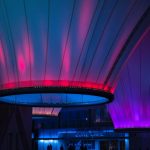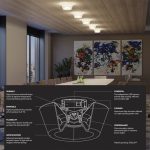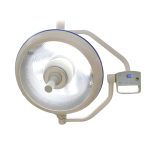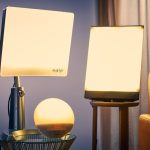Optimizing Growth: How Far Should Your LED Grow Light Be Placed?
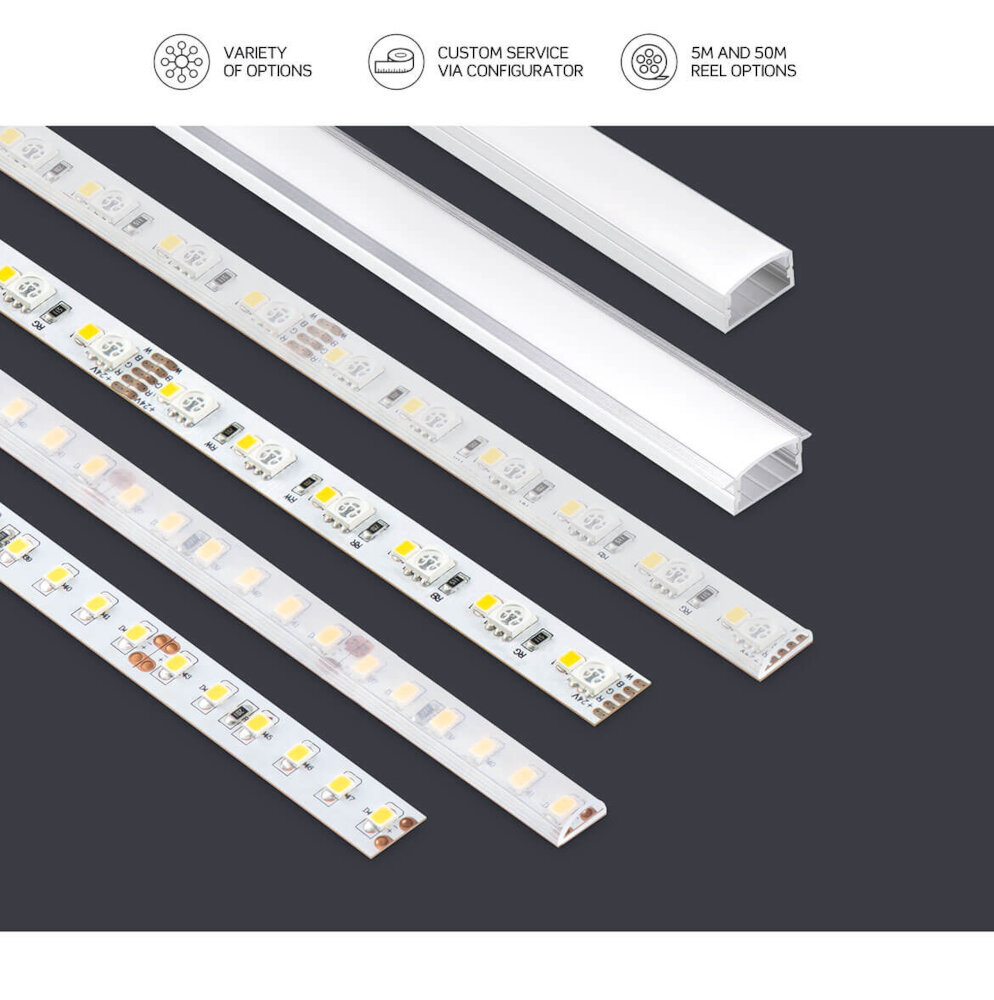
As more and more people turn to growing their own plants, the demand for LED grow lights has been on the rise. These energy-efficient lights are ideal for growing plants indoors as they provide the light spectrum necessary for photosynthesis. However, one of the most important factors for optimizing plant growth with LED grow lights is proper placement. Knowing how far your LED grow light should be placed from your plants can make a significant difference in the growth rate and yield. The distance at which you place your grow light can affect the intensity of light that your plants receive. Too close, and your plants may suffer from light burn, which can stunt growth and damage leaves. Too far, and your plants may not receive enough light to photosynthesize, leading to slow growth and low yields. Therefore, understanding the optimal distance for your LED grow light can help you achieve maximum plant growth and yield. In this article, we will explore the factors that affect the distance at which your LED grow light should be placed and provide tips for optimizing plant growth with LED grow lights.
LED grow lights are an essential tool for indoor gardening enthusiasts, as they provide the necessary light spectrum that indoor plants need to thrive. These lights are designed to mimic the natural sunlight that plants receive outdoors, providing the ideal amount of light for photosynthesis. LED grow lights are also energy-efficient and long-lasting, making them a cost-effective solution for indoor gardening. Proper placement of these lights can ensure optimal growth and yield of plants, making it crucial to understand the ideal distance between the LED grow light and the plants. By placing the LED grow light at the appropriate distance, indoor gardeners can optimize their plant growth and ensure healthy and vibrant plants.
The distance of the LED grow light from the plant is crucial for optimizing plant growth. When the light source is too close, it can cause damage to the foliage and decrease the plant’s growth rate. On the other hand, when the light is too far away, the plant may not receive enough light energy, which can also stunt growth. The optimal distance of the LED grow light will depend on several factors such as the type and size of the plant, the intensity of the light, and the duration of exposure. Therefore, it is essential to find the right balance to ensure the plant receives the right amount of light to promote healthy growth.
Understanding PAR and PPFD
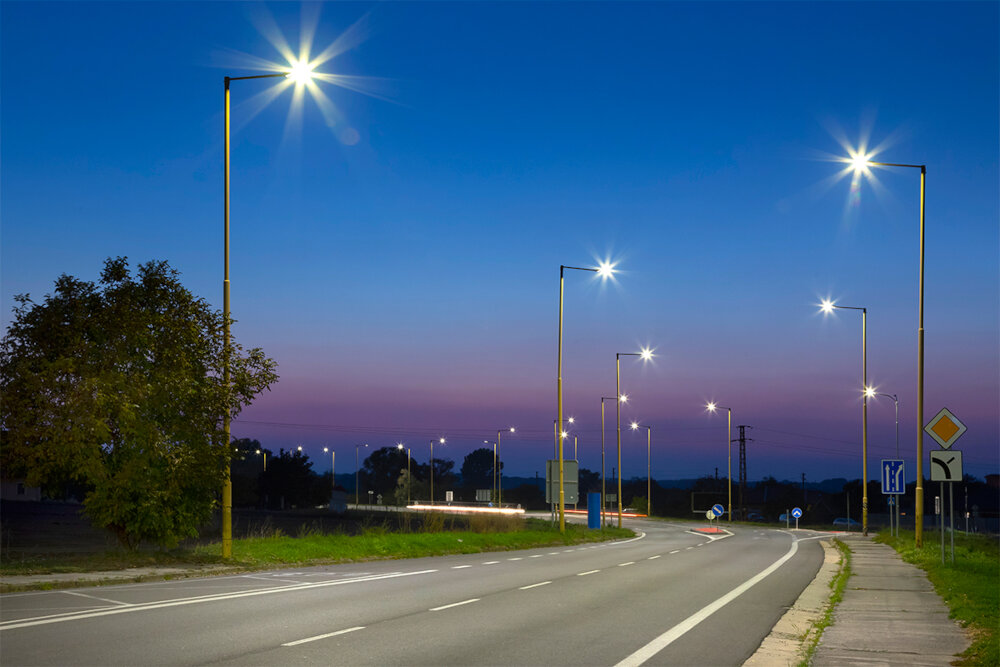
Photosynthetically active radiation (PAR) and photosynthetic photon flux density (PPFD) are two important concepts for understanding how light affects plant growth. PAR is the range of light wavelengths (400-700nm) that plants use for photosynthesis. PPFD is a measure of the number of photons in this range of wavelengths that reach a given area per second. In other words, PPFD is a measure of the intensity of the light that plants receive. When it comes to LED grow lights, understanding PAR and PPFD is crucial for optimizing plant growth. Different types of plants have different light requirements, and the optimal distance between the plants and the light source will depend on the intensity of the light and the size of the plants. High-intensity light can damage leaves and cause stunted growth, while low-intensity light can result in slow growth and poor yields. By measuring PPFD and adjusting the distance between the plants and the light source, growers can ensure that their plants receive the optimal amount of light for healthy growth.
Photosynthetically Active Radiation (PAR) refers to the spectral range of light that is used by plants for photosynthesis. This range lies between 400nm (violet-blue) and 700nm (red) and is measured in micromoles per second per square meter (μmol/m²/s). PPFD, or Photosynthetic Photon Flux Density, is the measure of the quantity of PAR that reaches a specific area, measured in micromoles per square meter per second (μmol/m²/s). PPFD is dependent on the distance of the light source from the plant canopy, as it decreases with distance due to light dispersion. Therefore, understanding PAR and PPFD is crucial when determining the optimal distance between your LED grow light and your plants to ensure they receive the right amount of light for optimal growth.
PAR (photosynthetically active radiation) and PPFD (photosynthetic photon flux density) are two crucial factors that significantly impact plant growth. PAR refers to the wavelengths of light that plants use to conduct photosynthesis, while PPFD describes the intensity of PAR. Plants require a specific amount of PAR and PPFD to achieve optimal growth, and insufficient or excessive levels of either can negatively affect their development. Insufficient levels of PAR and PPFD can cause stunted growth, while excessive levels can damage plants and cause leaf burn. Therefore, it is crucial to ensure that the LED grow light is placed at the proper distance from the plant to maintain the optimal levels of PAR and PPFD necessary for healthy growth.
The importance of measuring PAR (Photosynthetically Active Radiation) and PPFD (Photosynthetic Photon Flux Density) when using LED grow lights cannot be overstated. PAR refers to the wavelengths of light essential for photosynthesis, while PPFD is the measure of the amount of PAR that reaches a specific area per second. This information is crucial for growers as it helps them optimize their yields by adjusting the distance between the LED grow lights and the plants. Measuring PAR and PPFD ensures that plants receive the correct amount and intensity of light required for photosynthesis, which directly impacts plant growth and development. Additionally, it allows growers to identify any areas of their grow space that may be receiving too much or too little light, enabling them to make adjustments and optimize growth. Ultimately, measuring PAR and PPFD is essential for maximizing plant growth and yield when using LED grow lights.
Factors that Affect Optimal Distance
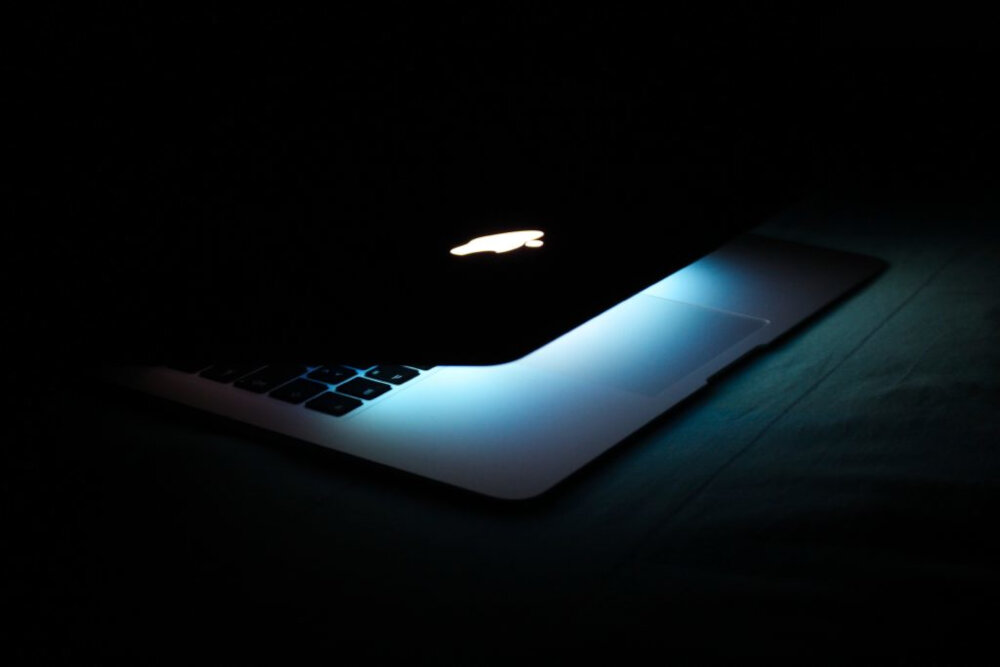
When it comes to growing plants with LED grow lights, the distance between the light source and the plant is crucial. The optimal distance depends on various factors, such as the type of plant, the wattage of the LED grow light, and the growth stage of the plant. One of the most important factors to consider is the wattage of the LED grow light. A higher wattage LED grow light will emit more intense light, which means that it should be placed further away from the plants. On the other hand, a lower wattage LED grow light will emit less intense light and can be placed closer to the plants. It is essential to check the manufacturer’s instructions to determine the ideal distance for your specific LED grow light. Another factor that affects the optimal distance is the type of plant being grown. Different plants have varying light requirements, and the distance between the LED grow light and the plant should be adjusted accordingly. For example, plants that require high light levels, such as tomatoes, should be placed further away from the LED grow light, while plants that require lower light levels, such as lettuce, can be placed closer to the LED grow light. Additionally, the growth stage of the plant should also be considered when determining the optimal distance. Young plants that are just starting to grow will require less light and can be placed closer to the LED grow light, while mature plants that are in the flowering stage will require more intense light and should be placed further away from the LED grow light.
When it comes to optimizing the growth of plants, it’s crucial to consider the type of plant being grown. Different plants have varying light requirements, and some may require more or less light than others. For instance, plants that are native to tropical regions may require more intense light than those from temperate regions. Similarly, plants with large leaves may need more light than those with smaller leaves. Understanding the specific light needs of your plant is essential in determining the optimal distance for your LED grow light. This knowledge will help you achieve the best results and ensure that your plants thrive.
The wattage and type of LED grow light play a crucial role in determining the distance at which it should be placed from the plants. A higher wattage LED grow light may emit more intense light, thereby requiring a greater distance to avoid heat damage to the plants. Additionally, the type of LED grow light used, such as full spectrum or red/blue spectrum, can affect the plants’ growth and development. It’s important to choose the appropriate wattage and type of LED grow light based on the plant’s specific needs and growth stage to achieve optimal growth and yield.
The size of the grow space is a critical factor to consider when determining the optimal placement of LED grow lights. A larger grow space will require a higher wattage or more LED panels to ensure adequate coverage and intensity of light. On the other hand, a smaller grow space will require fewer wattage and fewer LED panels. It is important to ensure that the light is evenly distributed throughout the entire grow space, as uneven lighting can lead to uneven plant growth and development. Additionally, the height of the grow space can also impact the placement of LED grow lights, as a taller grow space may require a higher wattage or more LED panels to reach the lower areas of the plants. Ultimately, understanding the size of the grow space is crucial in optimizing growth and ensuring that the plants receive the necessary amount of light for healthy development.
Determining the optimal distance for your LED grow light is crucial for achieving optimal plant growth. The distance between your LED grow light and your plants should be determined by several factors, such as the type of plants you are growing, the type of LED grow light you are using, and the size of your grow space. A good starting point is to follow the manufacturer’s recommendations, but it is essential to regularly monitor your plants’ growth and adjust the distance accordingly. A good rule of thumb is to keep the LED grow light close enough to provide sufficient light intensity, but not too close that it causes heat stress or light burn to your plants. Experimenting with different distances will help you find the perfect balance for your specific setup and maximize your plant growth potential.
Common Mistakes to Avoid
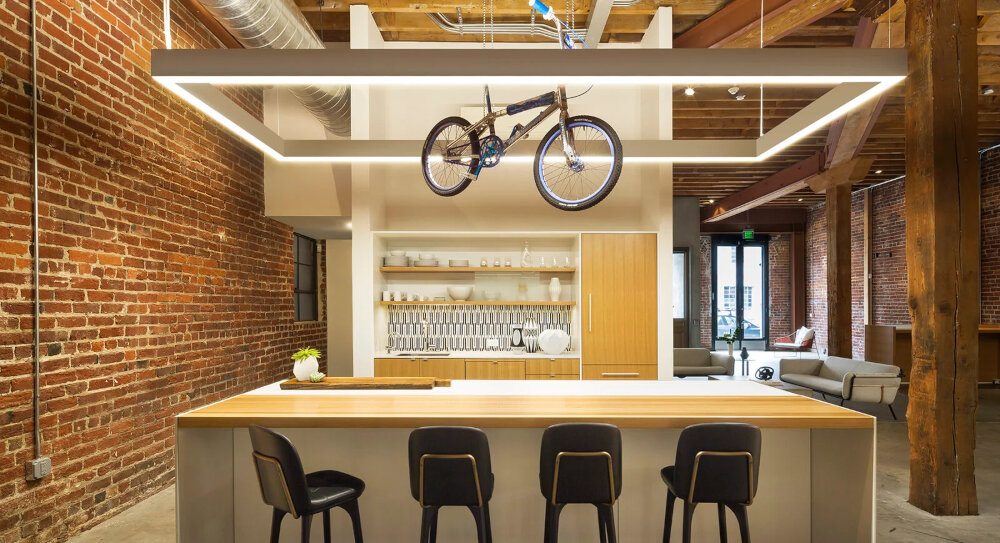
When it comes to optimizing plant growth, LED grow lights are becoming increasingly popular due to their efficiency and effectiveness. However, one of the most common mistakes that growers make is placing the LED grow light too far away from their plants. This can result in stunted growth or even death of the plants. To avoid this mistake, it’s important to determine the optimal distance for your specific type of LED grow light and plants. Most LED grow light manufacturers provide guidelines for the distance their lights should be placed from plants, but it’s important to also consider factors such as plant species, growth stage, and light intensity. Another common mistake to avoid when using LED grow lights is failing to properly adjust the light’s intensity. While LED grow lights are energy-efficient and produce less heat than traditional grow lights, they can still be too intense for some plants if not adjusted properly. This can result in burns, wilted leaves, or even death of the plants. To avoid this mistake, it’s important to monitor the plants closely and adjust the light’s intensity accordingly. Gradually increasing the light’s intensity over time can also help the plants adjust and avoid any negative effects. By avoiding these common mistakes, growers can optimize their plant growth and achieve the best results possible using LED grow lights.
When it comes to placing LED grow lights, distance is crucial. Placing the light too close to the plants will result in light burn, where the leaves will become yellow and dry. On the other hand, placing the light too far will lead to stunted growth and weak stems. Therefore, it is important to find the optimal distance for your plants, depending on their stage of growth and the intensity of the light. By adjusting the distance between the LED grow light and your plants, you can ensure that they receive the right amount of light, leading to healthy and robust growth.
Not adjusting the distance between the LED grow light and the plant as it grows can have a significant impact on plant growth and health. Initially, placing the grow light too close to the plant may cause burn or stress, while keeping it too far will result in insufficient light intensity. Over time, the plant will grow taller and wider, and its light requirements will change accordingly. Failure to adjust the distance of the grow light could mean that the plant is not receiving enough light to support its growth and development, causing stunted growth, weak stems, and small yields. On the other hand, if the light is placed too close, it could lead to bleaching or scorching of the leaves, which could also negatively affect the plant’s overall health. Therefore, it is essential to monitor the distance between the LED grow light and the plant and make the necessary adjustments as the plant grows to optimize its growth and yield.
When it comes to optimizing the growth of your plants using LED grow lights, it’s important to consider the coverage area of each light. One effective strategy to maximize coverage is to overlap the coverage areas of multiple lights. This technique involves positioning each light in such a way that their coverage areas intersect, ensuring that there are no gaps in the overall coverage. By doing this, you can ensure that your plants receive uniform lighting and that every part of the grow area receives sufficient light. It’s important to keep in mind that the distance between the lights and the plants should be adjusted accordingly to prevent heat buildup and to avoid overexposure.
Placing LED grow lights at the wrong distance can have a significant impact on plant growth. If the lights are too close, they can cause heat stress, which can damage or even kill the plants. On the other hand, if the lights are too far away, the plants may not receive enough light to grow properly, leading to stunted growth and poor yields. Additionally, incorrect placement can also affect the distribution of light, resulting in uneven growth patterns and poor quality produce. Therefore, it is crucial to find the optimal distance for the LED grow lights to ensure the healthy growth of plants and maximize yields.
Tips for Optimal Growth with LED Grow Lights
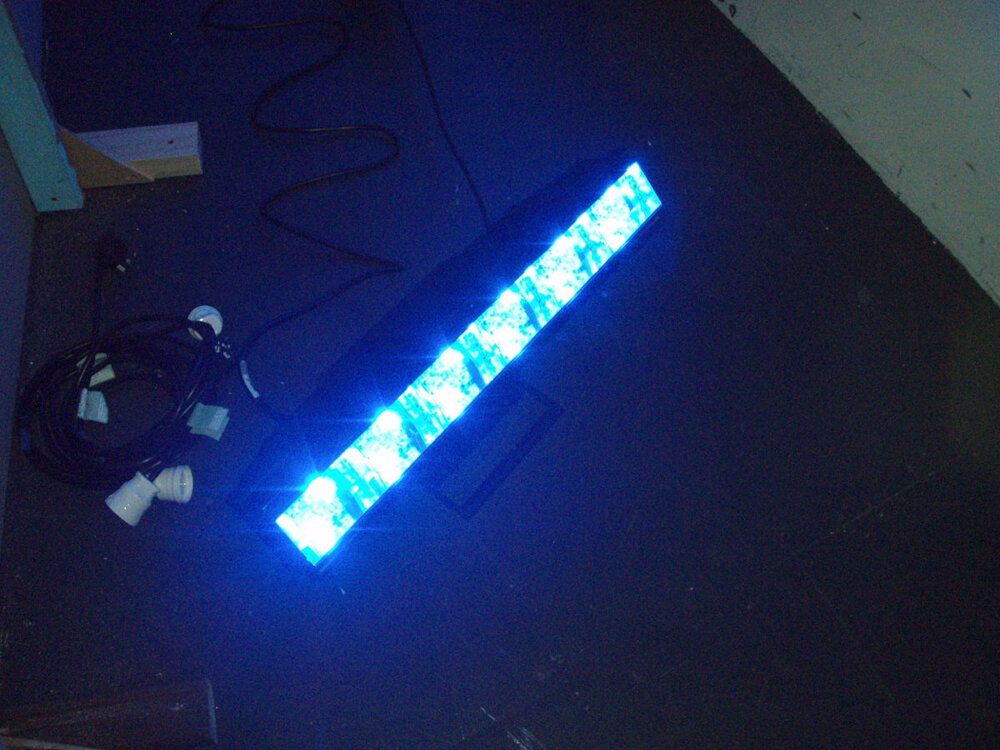
When it comes to growing plants indoors with LED grow lights, the distance between the light source and the plants is crucial. To ensure optimal growth, it’s important to place the LED grow light at the correct distance from the plants. The distance will vary depending on the type and wattage of the LED grow light, as well as the specific needs of the plants being grown. Generally, LED grow lights should be placed closer to plants during the vegetative stage when they require more light, and further away during the flowering stage when they need less intense light. In addition to distance, there are other tips for optimizing growth with LED grow lights. It’s important to choose the right spectrum of light for the plants being grown, as different plants have different light requirements. Additionally, it’s important to provide adequate ventilation and air circulation around the plants to prevent heat stress and promote healthy growth. Finally, it’s important to monitor and adjust the lighting and growing conditions regularly to ensure the best possible growth and yield. With these tips in mind, growers can maximize the benefits of LED grow lights for their indoor plants.
In order to achieve maximum growth and yield from your indoor plants, it is crucial to accurately measure the light intensity. This is where a PAR (Photosynthetically Active Radiation) meter comes in handy. A PAR meter is a device that measures the intensity of light in the spectral range that is most beneficial for plant growth. It calculates the amount of light that is actually available for photosynthesis and provides readings in units of micromoles per square meter per second (µmol/m²/s). By using a PAR meter, you can ensure that your plants are receiving the required amount of light and adjust the distance of your LED grow light accordingly, ultimately optimizing your plant growth.
As your plants grow, it’s important to adjust the distance of your LED grow light to ensure optimal growth. LED grow lights emit different wavelengths of light, which can affect plant growth differently depending on the distance between the light and the plant. If the light is too close, it can damage the plant, while if it’s too far away, the plant may not receive enough light for photosynthesis. By adjusting the distance of the LED grow light, you can provide your plants with the ideal amount of light and prevent any damage. Additionally, keeping your LED grow light at the right distance can help improve overall plant growth and yield.
One effective method for maximizing light coverage with LED grow lights is to utilize reflective material. By placing reflective material around the plants and grow area, the light can bounce off the surfaces and reach areas that may have otherwise been in shadow. This can lead to more uniform growth and better yields. Reflective materials can include Mylar or white paint, both of which can be easily applied to walls or other surfaces. Additionally, reflective grow tents or grow room setups can be purchased to ensure maximum coverage. When using reflective materials, it is important to ensure that the light source is positioned correctly and that any hot spots or areas of excess light are addressed to prevent damage to the plants.
When it comes to optimizing plant growth, supplemental lighting can make all the difference. While natural light is ideal, it’s not always available or sufficient for certain plants. Supplemental lighting allows you to provide the necessary light spectrum and intensity for optimal growth. LED grow lights are a popular choice for indoor growers, but it’s important to consider the placement of the lights. The distance between the plants and the lights can impact the amount of light the plants receive, as well as the potential for heat stress. Finding the right balance between light and heat is crucial to ensure healthy and robust plants. By carefully considering the placement of your supplemental lighting, you can help your plants thrive and reach their full potential.
Proper distance is a crucial factor to consider when using LED grow lights for indoor plant cultivation. If the lights are placed too close to the plants, it can result in phototoxicity and damage to the leaves, stunting their growth and overall health. Conversely, if the lights are too far away, the plants may not receive sufficient light energy for photosynthesis, leading to weak and spindly growth. Finding the optimal distance requires careful consideration of the intensity and spectrum of the lights, as well as the specific requirements of the plants being grown. By maintaining the proper distance, growers can ensure healthy and vigorous growth, maximize yields, and avoid common problems associated with LED grow lights.
In order to optimize plant growth with LED grow lights, it is important to consider a few key factors. First, it is crucial to choose the right type of LED grow light for your specific plants and growing environment. This includes considering factors such as the light spectrum, intensity, and duration. Additionally, it is important to properly position the lights in relation to the plants, ensuring that they are not too close or too far away. Finally, it is essential to regularly monitor and adjust the light settings as needed, taking into account factors such as plant growth stage and environmental changes. By following these tips, you can maximize the growth and yield of your plants using LED grow lights.
Conclusion
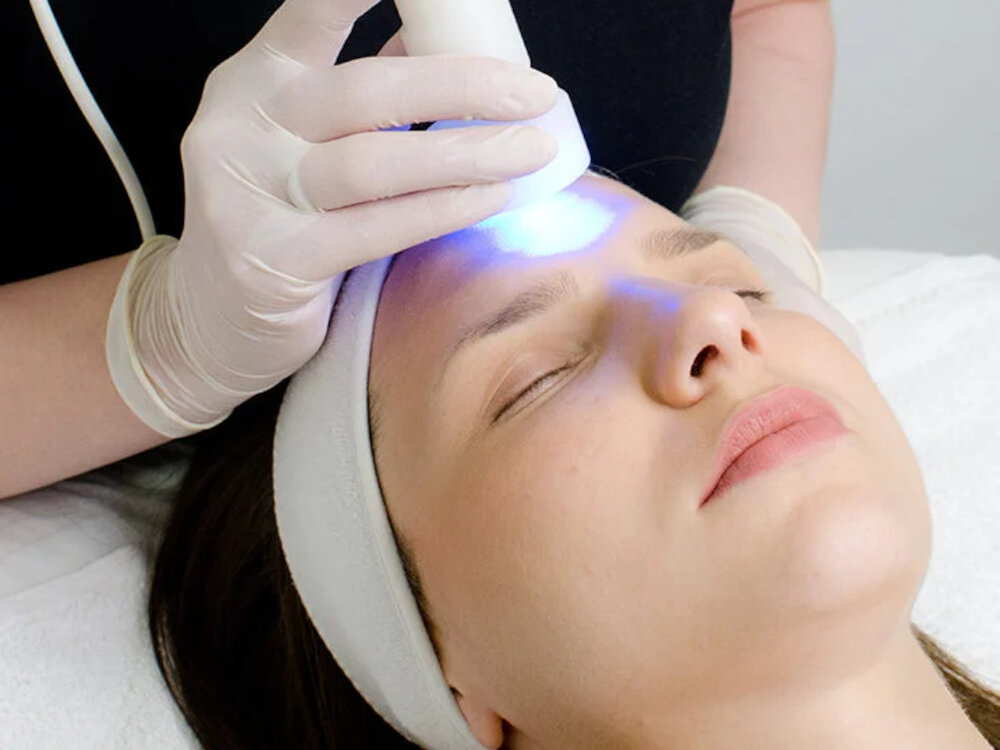
In conclusion, optimizing growth for your plants is essential when using LED grow lights, and the distance at which you place them plays a crucial role in achieving maximum results. A careful balance between light intensity and distance from the plants must be maintained to avoid stunted growth or light burn. It is advisable to follow the manufacturer’s instructions for the specific LED grow light being used, as well as regularly monitoring the plants for any signs of stress or damage. Overall, finding the ideal distance for your LED grow light can be a trial-and-error process, but with patience and careful observation, you can achieve the best possible results for your plants.

